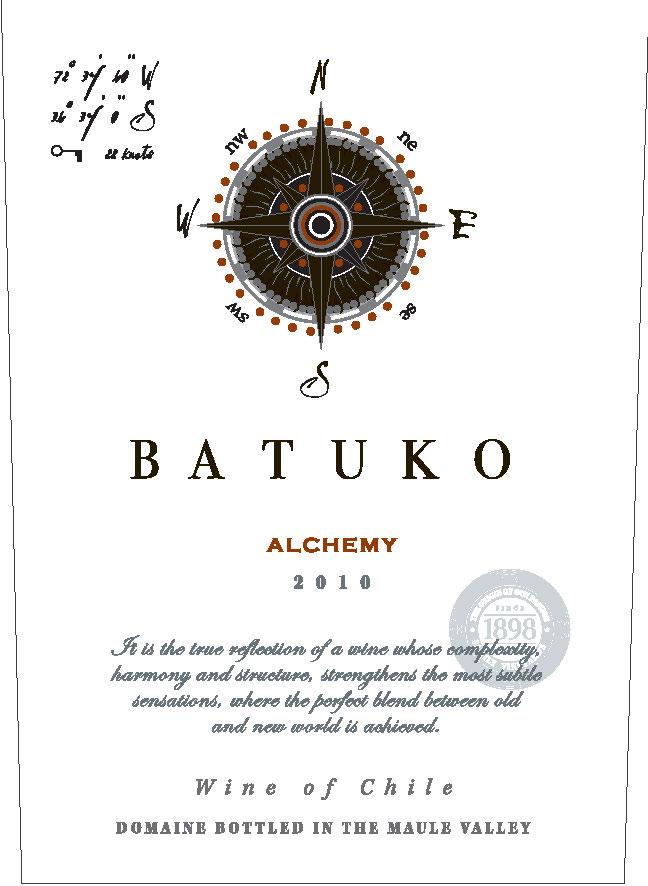2010 Maule Valley Cabernet Sauvignon, Syrah, Carmenere
Batuko Alchemy, hailing from the scenic Maule Valley, is a captivating blend of Cabernet Sauvignon, Syrah, and Carmenere. This 2010 red wine showcases a full-bodied character, delivering a lush mouthfeel that pleases the palate. Its acidity is bright and refreshing, enhancing the wine's overall vibrancy. Fruit intensity is notably prominent, featuring delightful notes of dark berries and ripe plums that dance harmoniously with hints of spice and earthiness. The wine is well-structured with firm tannins, providing a satisfying backbone that supports its complexity. On the dryness spectrum, Batuko Alchemy leans towards a dry profile, making it an excellent companion for a variety of hearty dishes. This blend is truly a testament to the exceptional terroir of the Maule Valley.
Batuko Alchemy, hailing from the scenic Maule Valley, is a captivating blend of Cabernet Sauvignon, Syrah, and Carmenere. This 2010 red wine showcases a full-bodied character, delivering a lush mouthfeel that pleases the palate. Its acidity is bright and refreshing, enhancing the wine's overall vibrancy. Fruit intensity is notably prominent, featuring delightful notes of dark berries and ripe plums that dance harmoniously with hints of spice and earthiness. The wine is well-structured with firm tannins, providing a satisfying backbone that supports its complexity. On the dryness spectrum, Batuko Alchemy leans towards a dry profile, making it an excellent companion for a variety of hearty dishes. This blend is truly a testament to the exceptional terroir of the Maule Valley.




